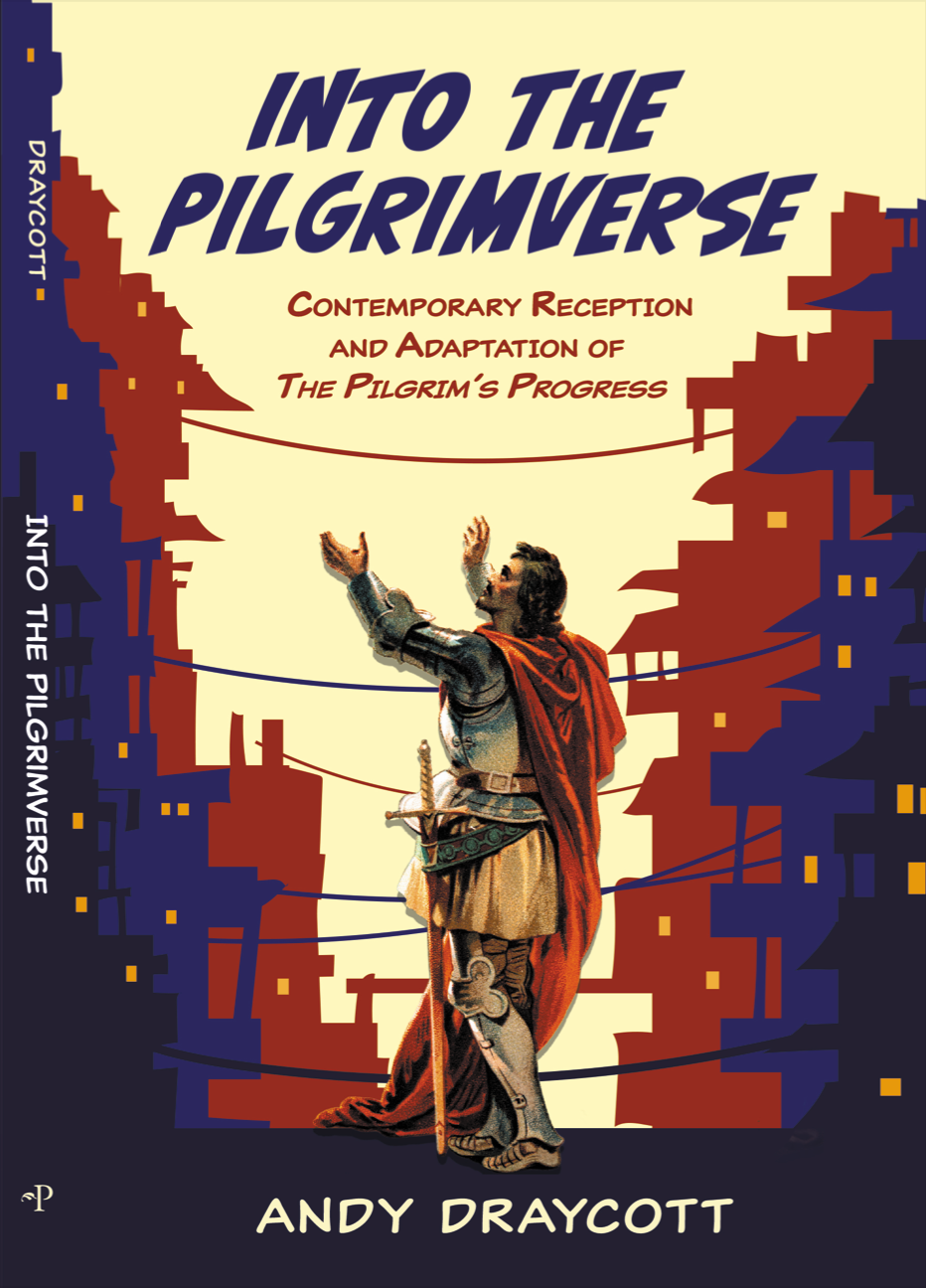With or without armor?
- andydraycott7
- Jan 3, 2023
- 1 min read
I remember reading that the director of the recent animated movie of The Pilgrim's Progress regretted that, because Christian put on armor at the Palace Beautiful, the efforts of the animators to make the coat he received from the Shining Ones at the cross so splendid was inevitably lost on audiences. It strikes me though that this is an interpretative issue on which the text of PP does not speak. There is no clear mention of Christian ever taking off his armor, but does that mean he keeps it on for the rest of the journey? Many visual illustrators clearly think so, hence the movie animators being in good company.

But Alan Parry's illustration of Oliver Hunkin's retelling Dangerous Journey gives a different perspective.

Christian and Faithful are both said to stand out to the townspeople because of their strange dress, so Parry making both look alike perhaps makes better sense of this judgment of the two. On the other hand, medieval armor would probably make you stand out in 17th century Vanity as Bunyan's readers might have imagined it, too. There may also be an ethos of muscular Christianity behind the depiction of Christian in armor that is keen to see him armed for battle throughout his journey from Palace Beautiful onwards.
A few follow on posts to come ask: why Christian has no backplate or belt in his armor; how keeping the armor helps one illustrator out at Doubting Castle; and for next post, how a student project imagines Christian's dress.


Comments